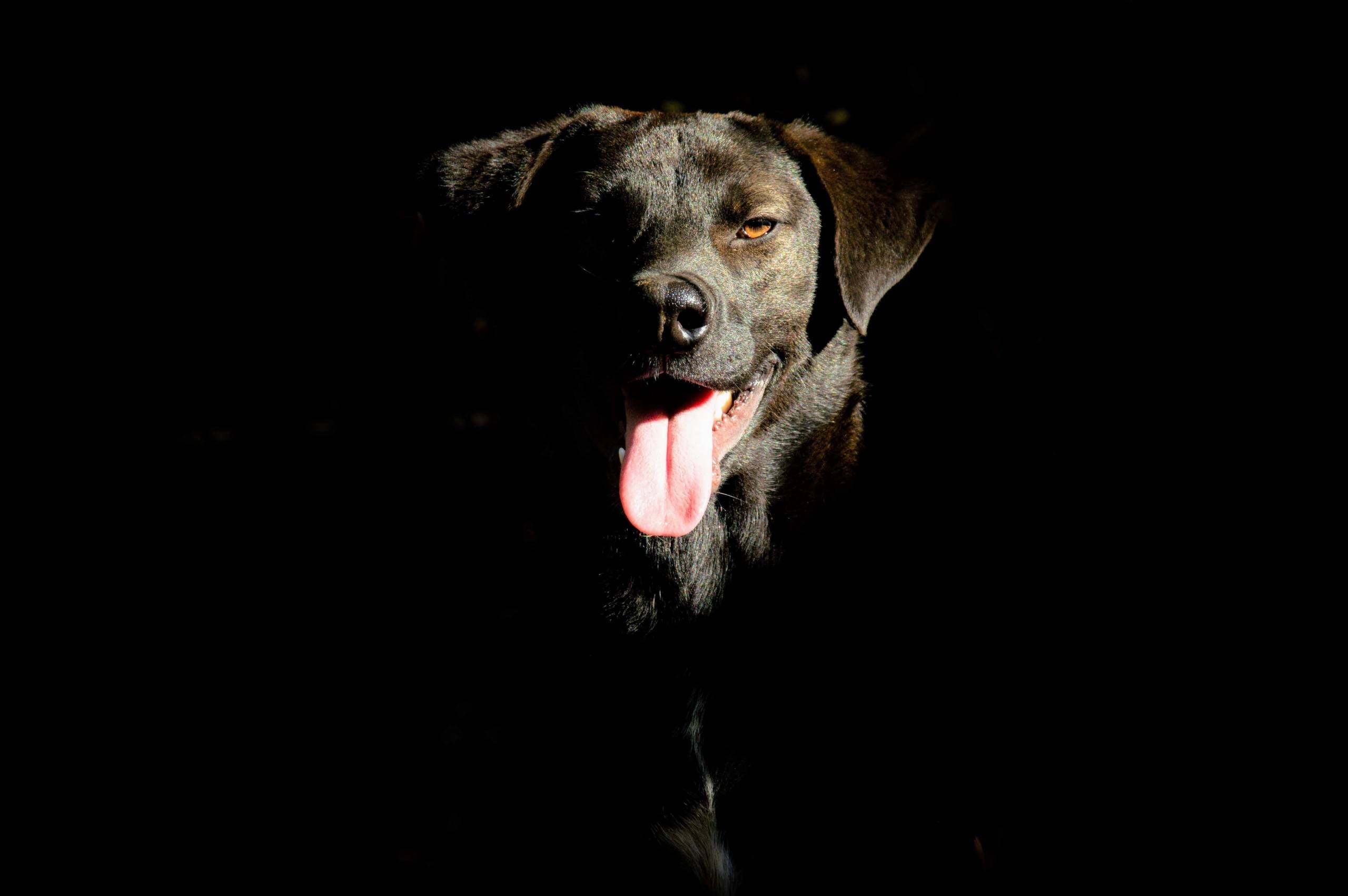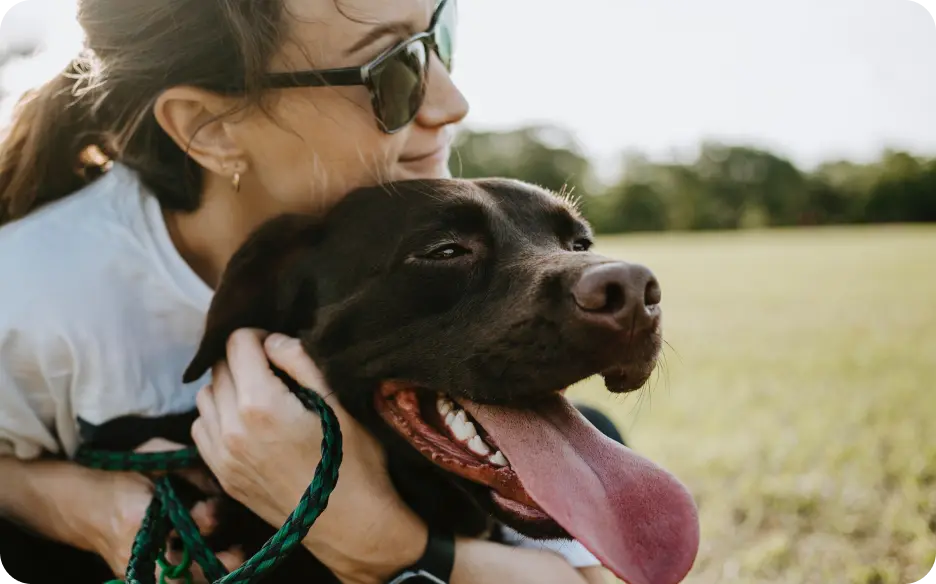Understanding canine behavior can be complex, especially when discussing the term “reactive dog.” Many dog owners may have encountered this phrase without fully grasping its meaning or implications. A reactive dog responds to certain stimuli—such as other dogs, people, or environmental factors—in an intense or exaggerated manner. This response is not necessarily aggressive, but it can manifest in behaviors such as barking, lunging, growling, or even hiding.
The Root of Reactivity
Often, reactivity stems from fear or anxiety. Dogs are instinctively wired to protect themselves, and when they feel threatened or overwhelmed, their fight-or-flight response kicks in. This can lead to behaviors that might seem problematic to an outside observer, but they often represent the dog’s way of coping with a situation that feels out of control. Recognizing that these behaviors are signals of stress or discomfort is essential for any owner.
Varied Reactions
A reactive dog can exhibit a wide range of behaviors. Some may react with loud barking and an eagerness to charge at another dog, while others might cower or attempt to escape. Reactions can vary greatly depending on the dog’s personality, past experiences, and specific triggers. Common triggers include unfamiliar dogs, loud noises, sudden movements, or crowded environments.
Duality of Temperament
Reactivity does not reflect a dog’s overall temperament. A dog might be friendly and well-behaved in many situations yet still react strongly in specific contexts. This duality can confuse owners, especially if they are accustomed to seeing their dog behave calmly in familiar environments and then react unexpectedly in new situations.
Managing Reactivity
Addressing reactivity requires patience and understanding. Many owners feel overwhelmed when their dog reacts negatively, particularly in public spaces. This anxiety can stem from concerns about the safety of their dog, other dogs, or bystanders. Approaching the situation with empathy is crucial, as the dog is experiencing genuine fear or anxiety.
Identifying Triggers
One of the first steps in managing a reactive dog is identifying specific triggers. This process involves careful observation and often requires keeping a journal to track when and where reactivity occurs. For instance, does the dog react more strongly when on a leash? Are there certain breeds that provoke a heightened response? Understanding these triggers helps owners create a strategy to manage their dog’s behavior effectively.
Effective Strategies
Desensitization and counter-conditioning are two effective strategies for helping a reactive dog. Desensitization involves gradually exposing the dog to triggers at a safe distance that does not elicit a reactive response. For example, if a dog reacts to other dogs, the owner might start by observing from a distance where the reactive dog feels secure. Over time, as the dog becomes more comfortable, the owner can slowly decrease the distance.
Counter-conditioning focuses on changing the dog’s emotional response to triggers. This often includes pairing the presence of the trigger with something the dog loves, such as treats or toys. For instance, if a dog sees another dog and receives high-value treats, it may begin to associate other dogs with positive experiences rather than fear.
The Role of Training
Training plays a crucial role in managing a reactive dog. Basic obedience commands such as “sit,” “stay,” and “leave it” help maintain control in challenging situations. Teaching these commands in a calm, familiar environment lays the groundwork for more effective communication when the dog encounters triggers.
Importance of Socialization
Socialization is another vital component. While it may seem counterintuitive to expose a reactive dog to more social situations, controlled and positive experiences can help them feel more at ease. This might involve attending training classes specifically designed for reactive dogs, where they can learn to interact with other dogs in a safe, structured environment.
Professional Support
Support from professionals can significantly impact the lives of reactive dogs and their owners. Certified dog trainers or behaviorists who specialize in reactivity can provide invaluable assistance. They can assess the dog’s behavior and help create a customized training plan tailored to the specific needs of the dog and owner.
Community Connection
Connecting with others who have reactive dogs can also be beneficial. Online forums, local support groups, or social media communities offer a sense of belonging and understanding. Sharing experiences and strategies reduces feelings of isolation and helplessness, empowering owners to work through challenges together.
Celebrating Progress
Living with a reactive dog involves a journey filled with ups and downs. Practicing self-compassion and patience is essential. There may be days when progress feels slow or nonexistent, but recognizing and celebrating small victories—like a successful walk without a reaction or a calm encounter with another dog—can provide encouragement.
Changing Perceptions
Reactivity is often misunderstood by dog owners and the public. People may label a reactive dog as aggressive or difficult, but it’s crucial to remember that these dogs often act out of fear or anxiety. Education plays a significant role in changing perceptions. When owners share their experiences and educate others about reactivity, it fosters a more compassionate understanding of canine behavior.
Building a Supportive Environment
As awareness of reactivity grows, creating a supportive environment for both dogs and their owners becomes easier. This shift in understanding leads to more positive interactions in public spaces, reducing the stigma surrounding reactive dogs. It emphasizes responsible pet ownership and the importance of ongoing training and socialization.
Navigating the Journey
The goal of managing a reactive dog is to help them feel safe and secure in their environment. With time, consistent training, and the right support, many reactive dogs can learn to navigate the world with greater confidence and calmness. This process requires dedication and empathy, and the bond that forms between owner and dog during this journey is incredibly rewarding.
Understanding a reactive dog involves recognizing specific behaviors and fostering a deeper connection between the dog and its owner. By approaching the issue with compassion and a willingness to learn, both parties can thrive. Whether through training, socialization, or simply providing a safe space, every effort made toward understanding and managing reactivity contributes to a more fulfilling life for both the dog and its owner.



